Your home's grass and landscaping will once again need the assistance of your irrigation system which has laid dormant during the chilly winter months. Want to know how to open your home irrigation system during spring? Well, we conducted the research to provide you with some valuable guidelines.
To open the home irrigation system, the steps are:
- Review the irrigation system manual handout.
- Find the main irrigation shut-off valve and ensure it is closed.
- Find the vacuum breaker, close the petcocks and make sure the shut-off valves are closed too.
- Find the valve box and close the valves.
- Return the main irrigation valve bleeder cap.
- Open the main irrigation shut-off valve.
- Open the vacuum breaker shut-off valves
- Check the valve box.
In this article, we will elaborate on the aforementioned steps. Also, we’ll share when to open ideally the irrigation system and some troubleshooting on some common issues after a long winter period. So keep on reading.
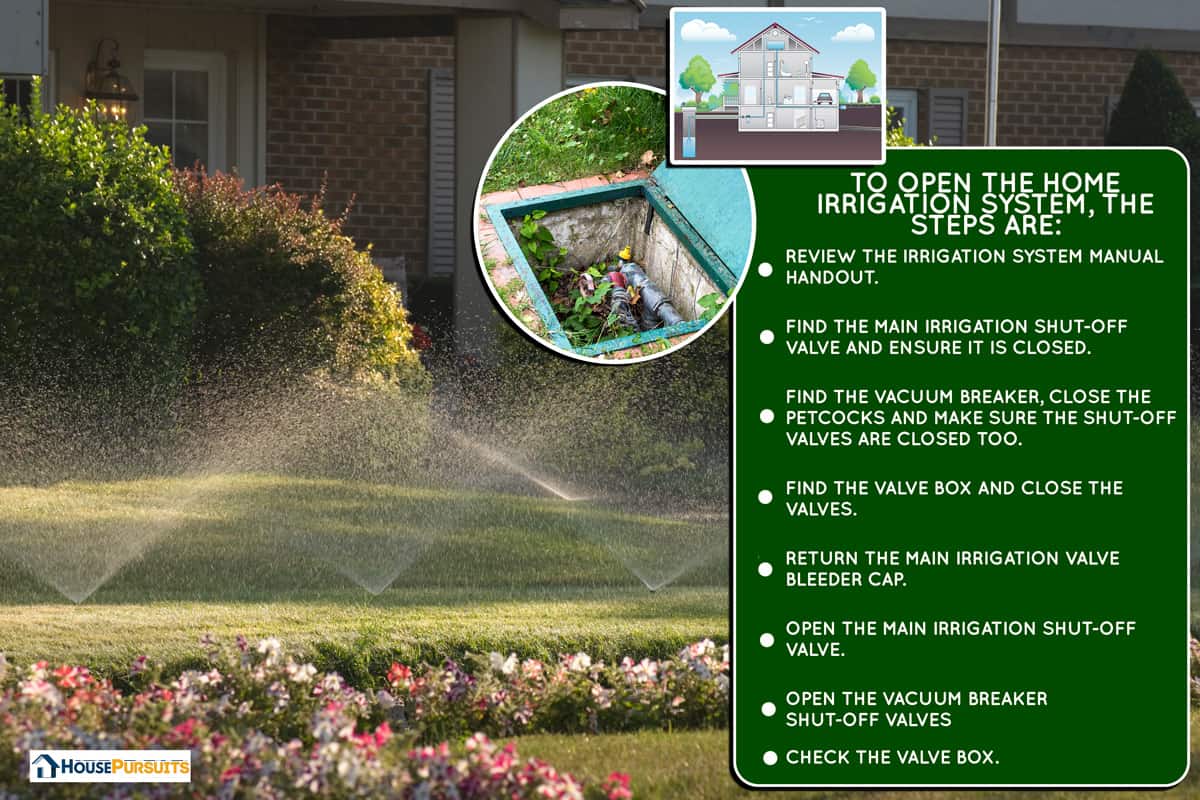
How To Open Home Irrigation System?
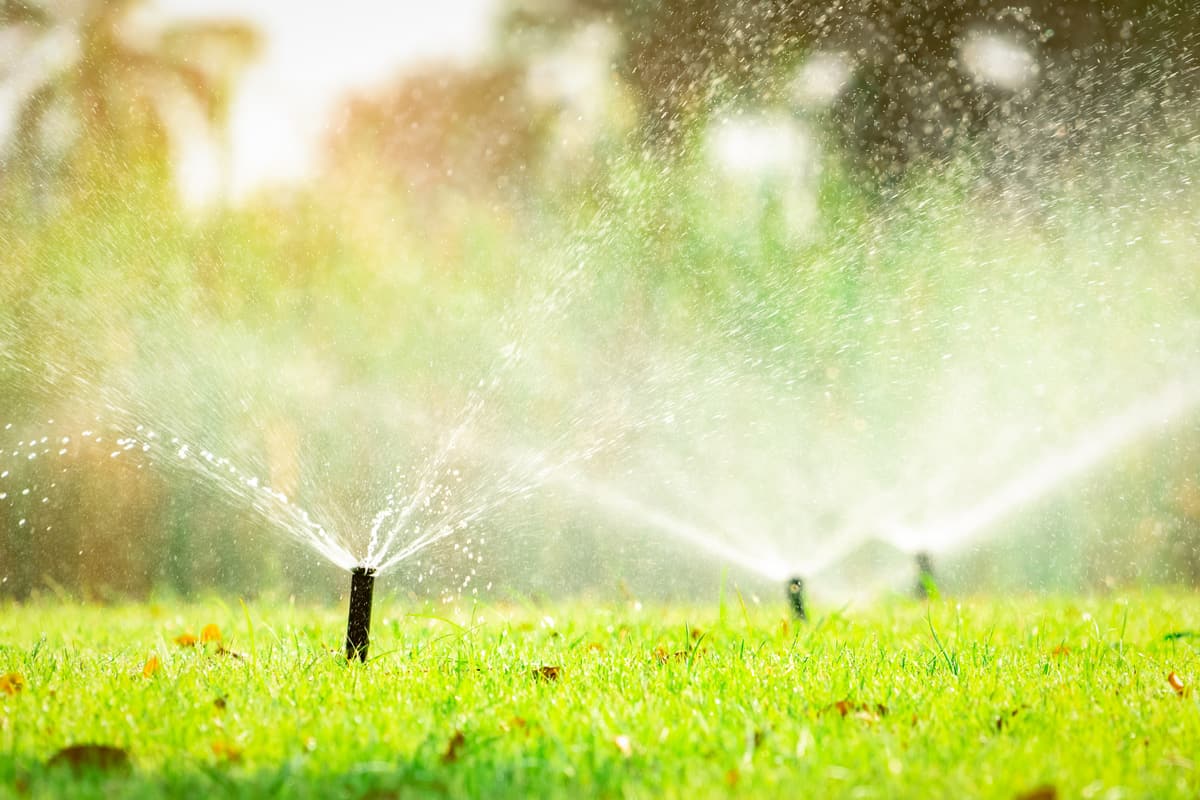
Some homeowners hire an irrigation or lawn care company to winterize the system in the fall and reactivate it in the spring.
There is no reason to pay for this service if you have the time and motivation to turn it back on yourself. It only takes a few minutes to complete on your own. Here are some detailed instructions for doing it:
1. Review The Irrigation System Manual Handout
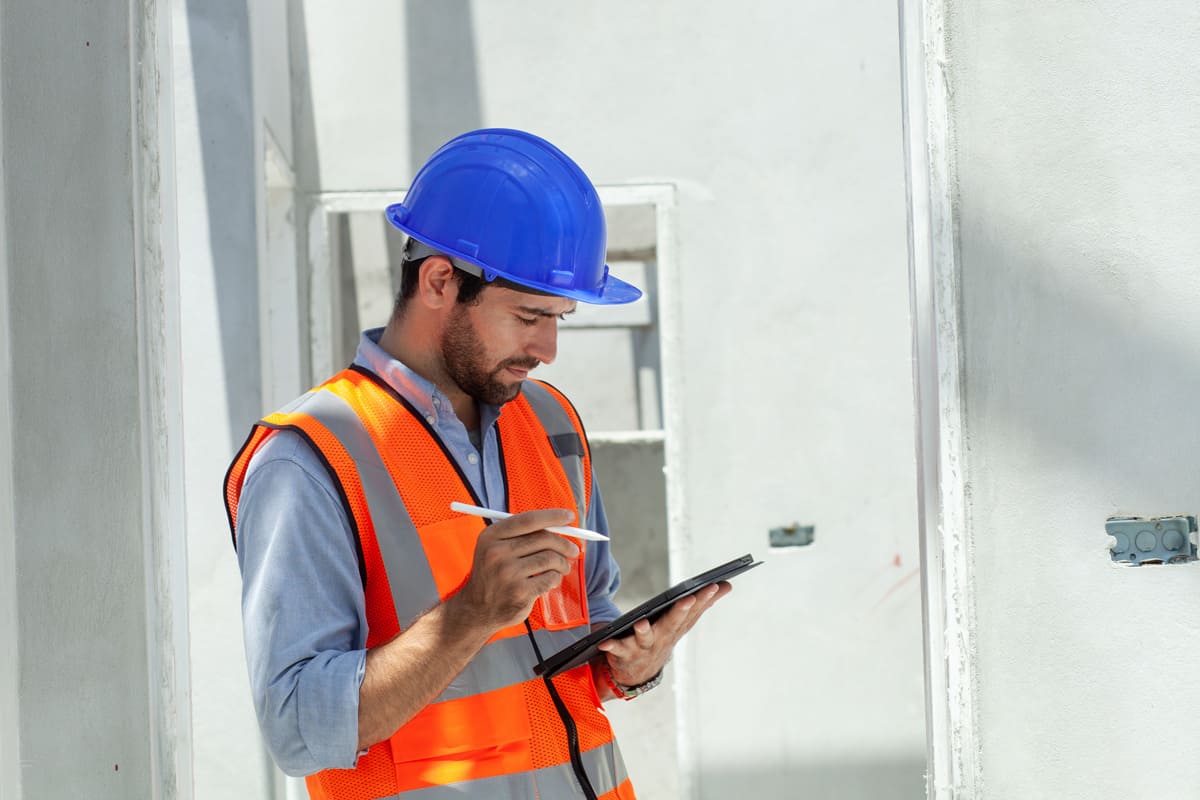
The manufacturer of your irrigation system determines the valve positions and how to activate your system. Always refer to your irrigation system's manual for detailed operating instructions. The tools you might require for the job are also described in this manual.
However, you simply need to adhere to a few basic steps if you wish to turn on your system by yourself and are aware of where the main valve is.
2. Find The Main Irrigation Shut-off Valve And Ensure It Is Closed
If you are unsure of the location of your system's shut-off valve, search in your basement or crawl space for pipes entering the house close to the ground. A single shut-off valve should be present in every piping, these are typically ball valves with lever-style handles.
The main water supply for your property, not the irrigation system valve, is most likely coming in through a sizable water pipe that is deep below ground level and typically through a foundation wall.
Make sure that your irrigation shut-off valve is in the off position. Keep in mind that the shut-off valve for your irrigation system is not the same as the one for the main water line in your house.
3. Find the Vacuum Breaker, Close The Petcocks, And Make Sure The Shut-Off Valves Are Closed, Too
Keep an eye out for the vacuum breaker fitting, which is typically above ground and close to the home. This is a combination of two pipes, each with a butterfly-like shut-off valve.
The vacuum breaker also features two petcocks, which resemble slotted screw heads and are set at about a 45° angle. Close the petcocks by rotating each one with a slotted screwdriver until the slot is perfectly vertical or 90° to that petcock going out.
In addition, there are two shut-off valves. Turn these two valves fully to the off position so they are not letting any water go by.
Normally, when an irrigation system is winterized, you will find the valves at a 45° angle. To turn them off, you are going to turn them so that they are 90° to the pipe or perpendicular to the pipe.
4. Find The Valve Box And Close The Valves
Examine the irrigation valve box that surrounds the yard. There are a few tiny cross-shaped valves/handles inside the ground valve box. Most irrigation contractors, when they winterize the sprinkler system, are going to open those little valves that would let water drain out the end of the pipe.
You need to make certain that you shut those valves off before you turn the water onto your sprinkler system. Otherwise, water is just going to come spraying out the end at quite a volume of water. Shutting them off is turning them clockwise.
5. Return The Main Irrigation Valve Bleeder Cap
Typically, when you winterize your sprinkler system in the fall, the bleeder cap is taken off to drain the water from the pipe. Before turning the water back on, ensure that the cap is securely fastened back on.
Also, after you turn the water back on, check the bleeder cap several times to make sure that you are not getting any drips right there.
6. Open The Main Irrigation Shut-Off Valve
Supplying the irrigation system with water, gradually open the main shut-off valve. To fully open a ball valve, turn the lever handle clockwise until it is parallel to the pipe.
When you turn it on, you should hear the flow of water for a few seconds and stop. If you continue to hear the flow of water then something is not quite behaving correctly.
7. Open the Vacuum Breaker Shut-Off Valves
Go back to the vacuum breaker and turn the two shut-off valves open. Every valve has a handle resembling a butterfly and is attached to a pipe that leads to it.
Turning the lever on each valve until it is parallel to the pipe will fully open them. Open first the shutoff valves that are connected to the main water lines then the valves that will send the water down to the sprinkler valves. As you open you will hear pressurized water flow and should stop.
8. Check The Valve Box
Check inside the box and make certain that you don’t see any water coming out the ends down there and so it means that you sealed them off properly. Then, this irrigation system is ready to run, you only have to turn the sprinkle clock on and have your program go on.
A video tutorial is provided below on YouTube to help you learn how to open the irrigation system after winter.
When Should I Turn On My Sprinkler System After Winter?
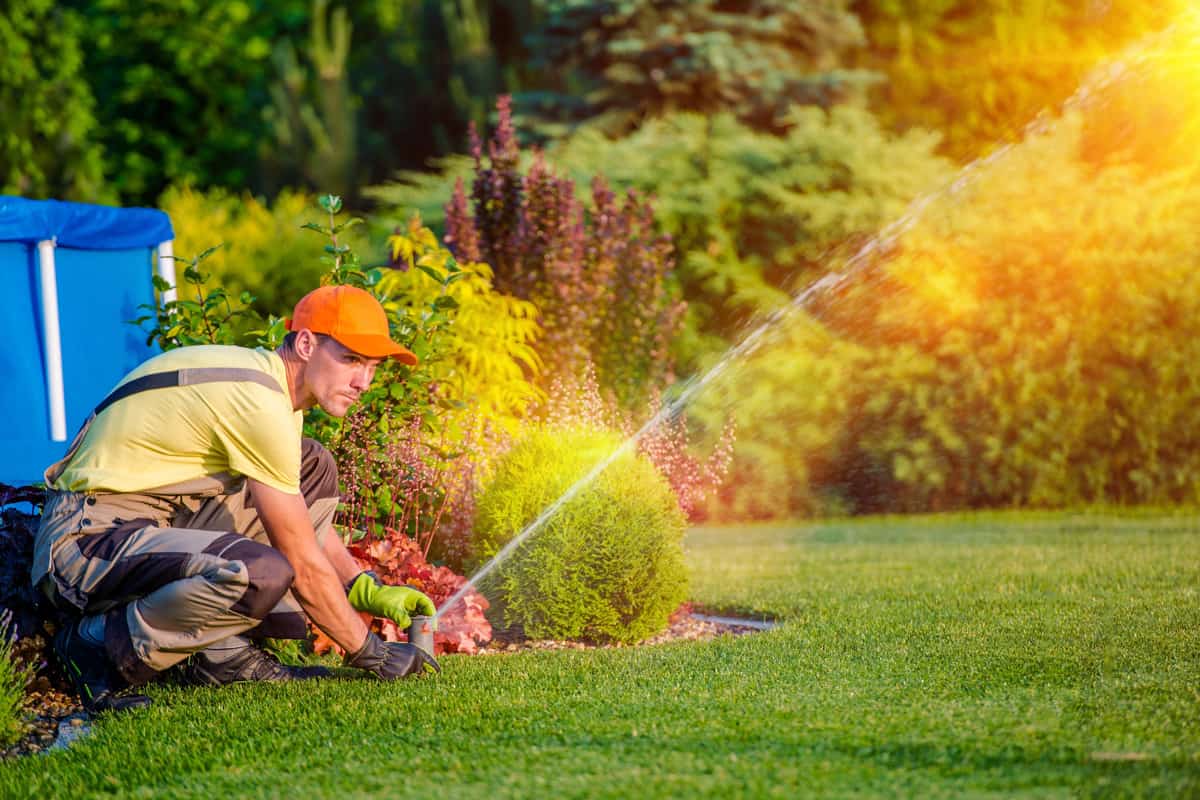
An annual spring duty is turning on your sprinklers after their hibernation over the winter. Even though the procedure isn't very challenging, it's crucial to complete it correctly and on time. Serious and expensive issues arise when something is done incorrectly or at the wrong time.
The ideal timing to start spring sprinklers depends on the local weather patterns. Although the best time varies from year to year and from place to place, frost is ultimately what matters.
Waiting until the risk of frost has entirely subsided is essential. It might be disastrous for your sprinkler pipes to open up too early and then experience another harsh frost.
Watch the weather and wait until nighttime lows are routinely above freezing to protect your irrigation investment. The ideal period for activating your sprinkler system is typically between the middle of April through the middle of May.
What Typical Irrigation System Problems Might You Face After Winter?
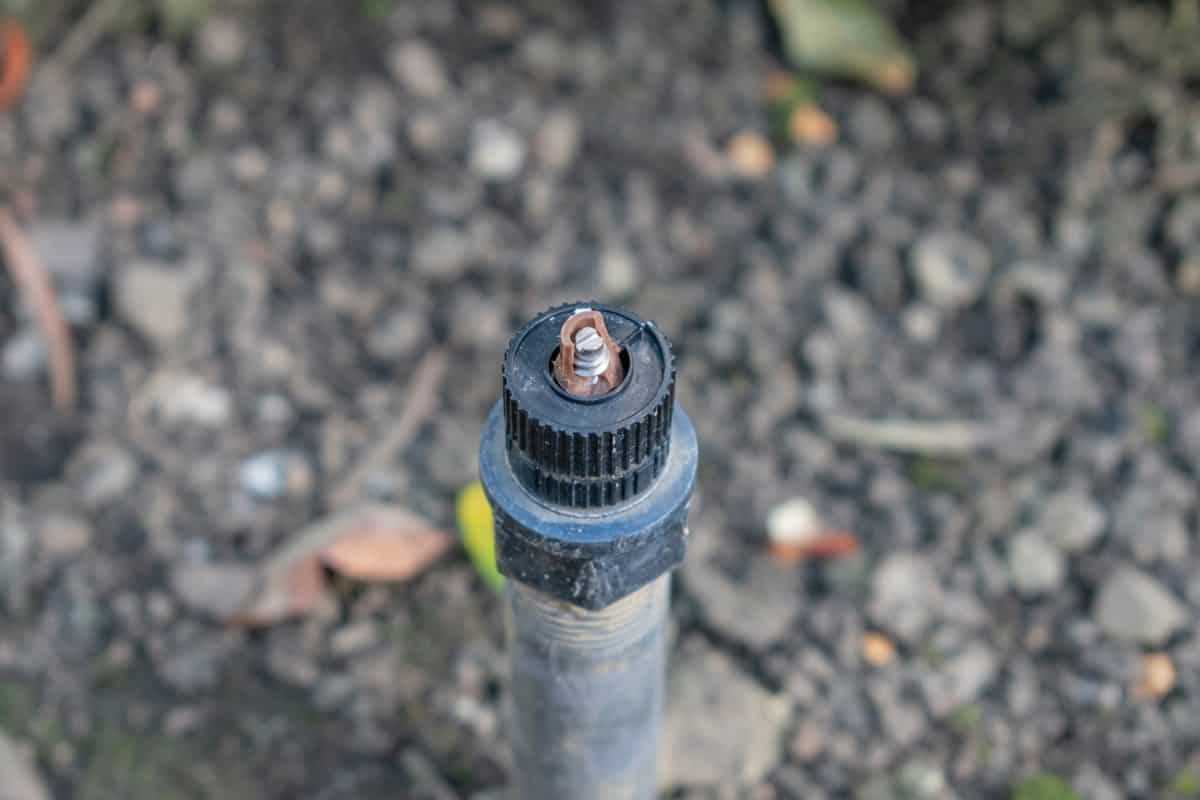
Several problems could prevent your system from functioning effectively at any time of the year, but they frequently surface after a long winter.
The most typical irrigation-related winter issue is sprinkler head damage. If any sprinkler heads aren't working properly when you first turn your system on after the winter, examine the heads for damage or cracks that might have resulted from the removal of snow or the expansion of water and ice.
The head may be clogged if it appears to be in good condition but does not elevate. You may easily unscrew it for both problems by digging around the head's base. Following that, you can either replace the head or clean away any debris.
Another problem that may occur is low or no pressure on your system. There is a high possibility that you have a leak if your system is experiencing this. Check the heads first to verify whether they are all functioning properly.
Allow the system to run and look for pooling or damp areas in the yard. If you discover one sprinkler head that isn't in good condition, there's a chance that a pipe has been damaged, usually as a result of improper winterization.
You might be dealing with a relatively little leak or a completely crushed pipe, depending on how quickly the pooling occurs and how much pressure is lost. To replace or repair the pipe, you'll need to dig deep into the grass.
If it appears that damaged pipes are to blame, it is important to engage experts to determine the extent of the damage and the best way to replace the pipes or system without ruining your lawn.
Final Thoughts
The most important step when turning on your irrigation system after winter is to turn on the water very gently. You can cause a shock wave if you turn it on too quickly because of the sudden change in water flow. So gradually increase the pressurization by slowly opening the system shut-off valves.
Before leaving, check out some of our interesting articles below.


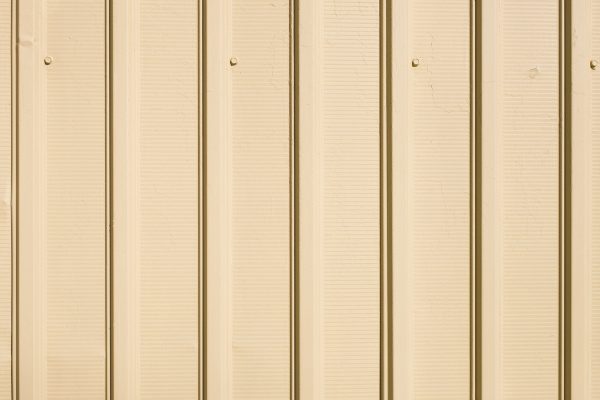
![Roof Gutter Cleaning Tips. Clean Your Gutters. Gutter Cleaning., Do Gutters Smell? [And What To Do About It]](https://houseoutside.com/wp-content/uploads/2022/10/Roof-Gutter-Cleaning-Tips.-Clean-Your-Gutters.-Gutter-Cleaning.-600x400.jpg)